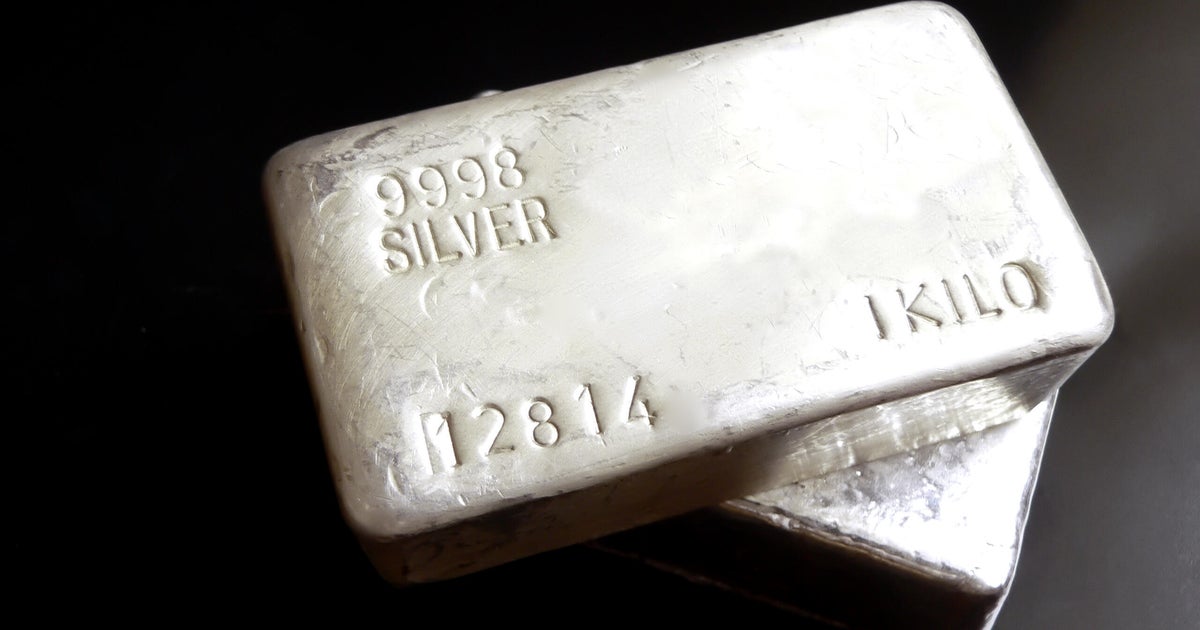Are 1-gram gold bars worth buying?
In the world of precious metals, gold has long been revered for its timeless beauty and intrinsic value — making it a popular choice among investors of all types. And, traditionally, investors have turned to larger gold bars or coins as a means of preserving wealth, preparing for retirement or hedging against economic uncertainties.
However, a rising trend in the market has seen the emergence of 1-gram gold bars, which are similar to other standard gold bars — but are smaller and more affordable. These types of bars offer a more accessible option for those looking to dip their toes into gold investments — or those who simply can't afford to invest thousands of dollars in larger gold bars.
But while these smaller, more affordable gold bars are an option, does it really make sense to invest in them? Let's take a look at some of the potential upsides and downsides of investing in 1-gram gold bars to help you determine whether they are truly worth adding to your investment portfolio.
Get started and learn more about your gold investing options here.
Are 1-gram gold bars worth buying?
If you're trying to decide whether 1-gram gold bars are worth investing in, it's helpful to weigh the potential pros and cons.
Pros of buying 1-gram gold bars
The potential benefits of investing in this type of gold bar include:
- Affordability and accessibility: One of the most significant advantages of 1-gram gold bars is the cost. Unlike larger gold bars that may require a substantial upfront investment, 1-gram bars provide a more accessible entry point for investors with a limited budget. This allows a broader demographic to participate in gold investing, fostering financial diversity.
- Liquidity: The smaller size of 1-gram gold bars can enhance liquidity. In times of economic uncertainty or urgent financial needs, it may be easier to sell smaller increments of gold. This liquidity factor can be appealing to investors who value flexibility and quick access to funds.
- Diversification: Investing in 1-gram gold bars can contribute to a well-rounded and diversified investment portfolio. While gold is often considered a safe-haven asset, holding a variety of gold denominations, including smaller bars, can add an extra layer of diversification, potentially reducing risk.
Cons of buying 1-gram gold bars
The potential downsides of taking this route include:
- Premiums: The manufacturing process for smaller gold bars can result in higher premiums per gram compared to larger bars. This means that investors may pay a higher percentage above the current market price for the convenience of owning smaller units. It's crucial to consider these premiums and assess whether they align with your investment goals.
- Storage and security: While the compact size of 1-gram gold bars is convenient, it also presents challenges in terms of storage and security. Investors need to ensure that their storage solution is secure and meets the necessary standards for safeguarding precious metals. This can add an additional layer of complexity compared to storing larger bars or coins.
- Limited numismatic value: Numismatic value, which refers to the collector's value of a coin or bar, is often associated with larger, more unique pieces. 1-gram gold bars, being relatively common and small, may lack the numismatic appeal that can contribute to the value of larger, more intricate gold items.
Find out more about your top gold investing options here.
Alternatives to 1-gram gold bars
While 1-gram gold bars offer a unique set of advantages, it's essential for investors to explore alternative options to ensure a well-rounded and diversified precious metal portfolio. Here are some alternatives to consider:
Gold coins
Investing in gold coins is a popular alternative to gold bars. Coins often have aesthetic appeal and, in some cases, historical significance, adding potential numismatic value. Well-known coins like the American Gold Eagle, Canadian Maple Leaf or South African Krugerrand are widely recognized and can be easier to trade in certain markets.
Larger gold bars
While 1-gram gold bars are accessible due to the lower price, larger bars can offer economies of scale, meaning lower premiums per gram. If storage and budget allow, consider larger denominations such as 10-gram, 1-ounce or even kilogram bars. These may have lower premium costs and can be more cost-effective for long-term investors.
Gold ETFs and funds
For those seeking exposure to gold without the hassle of physical storage, gold exchange-traded funds (ETFs) and mutual funds are viable alternatives. These financial instruments track the price of gold and provide investors with the opportunity to buy and sell shares on the stock market.
While they don't offer the tangible aspect of owning physical gold, they provide a convenient and liquid way to gain exposure to gold price movements.
Gold stocks
Another alternative is investing in gold stocks. These stocks are tied to the performance of gold mining companies and can provide exposure to the potential profitability of the gold mining industry. However, it's crucial to note that the performance of mining stocks can be influenced by factors beyond the price of gold, such as operational efficiency, geopolitical events and management decisions, so they can be riskier.
The bottom line
The decision to invest in 1-gram gold bars ultimately depends on individual preferences and investment goals. While these smaller gold bars offer affordability, liquidity and diversification benefits, it's important to carefully weigh these advantages against the potential drawbacks.
And, while 1-gram gold bars offer a convenient entry point into precious metal investing, exploring alternatives can enhance the diversification and resilience of your investment portfolio. But whether you choose gold coins, larger bars, ETFs, mining stocks or other precious metals, the key is to align your investment choices with your financial goals, risk tolerance and the overall strategy of your investment portfolio.






